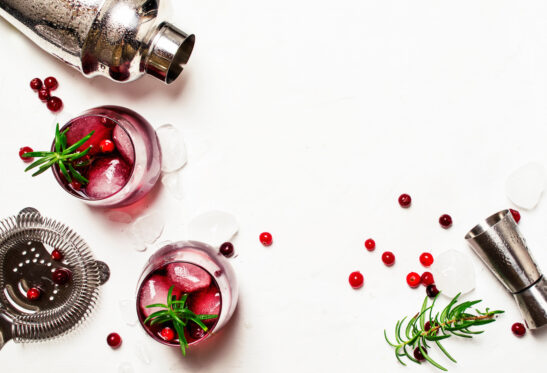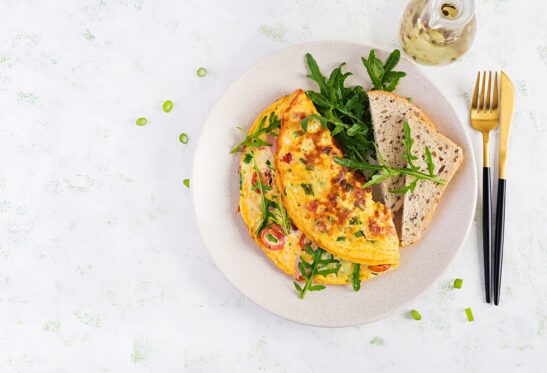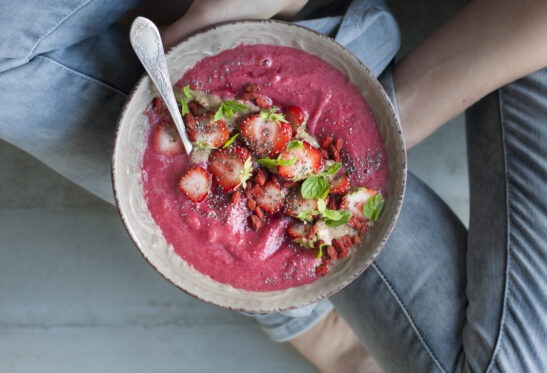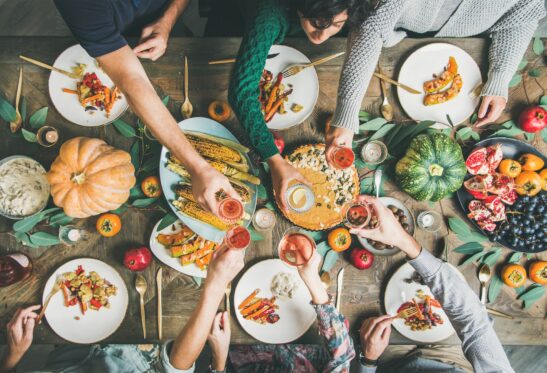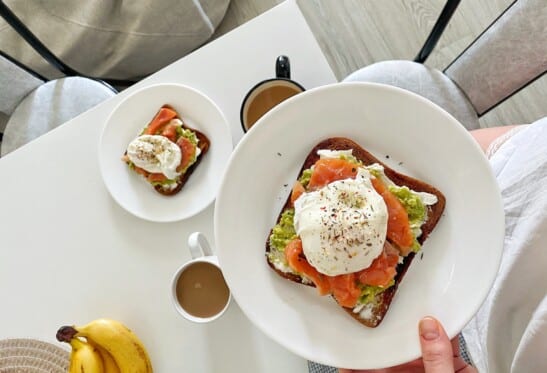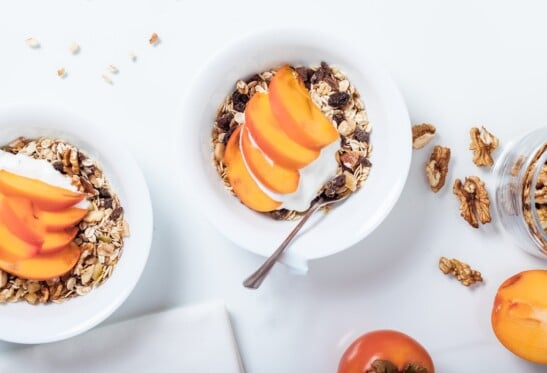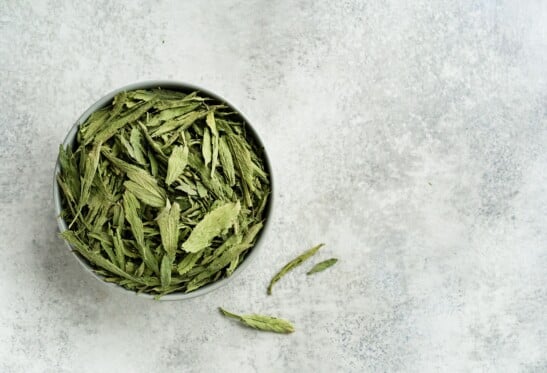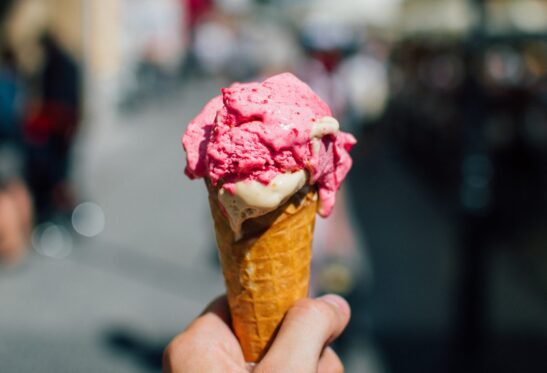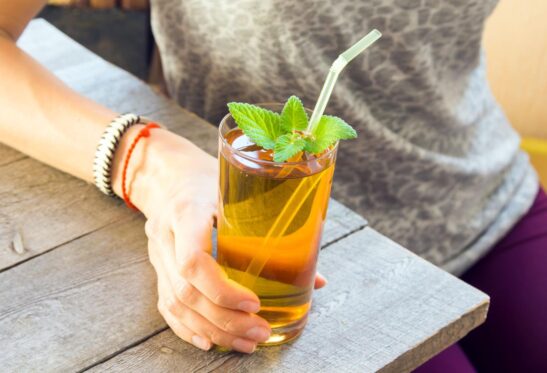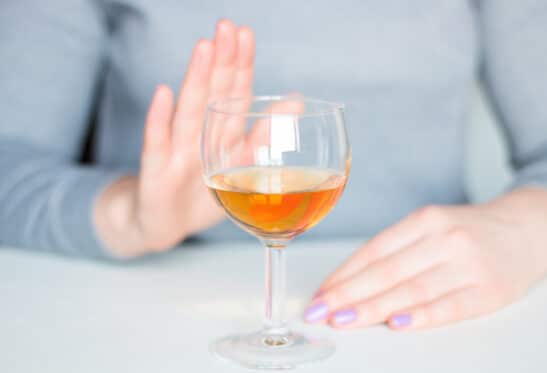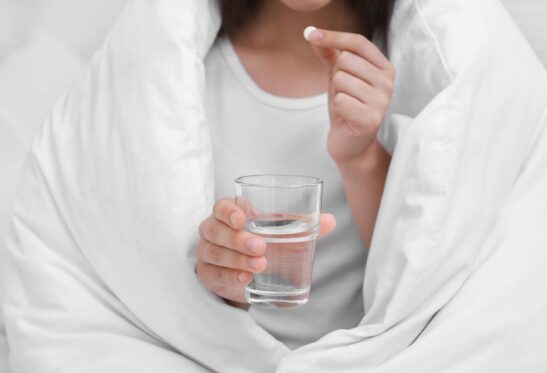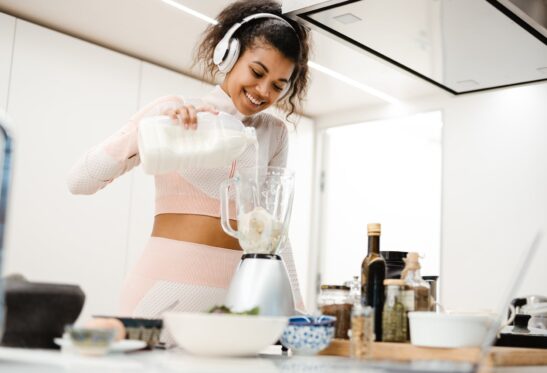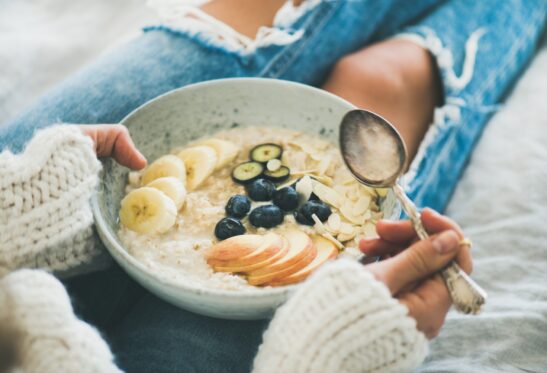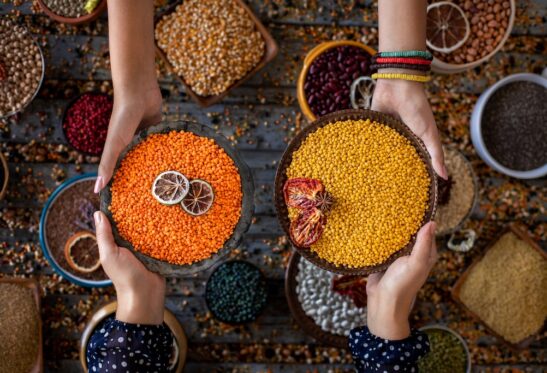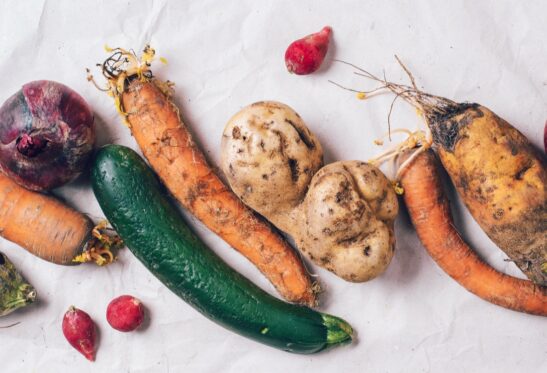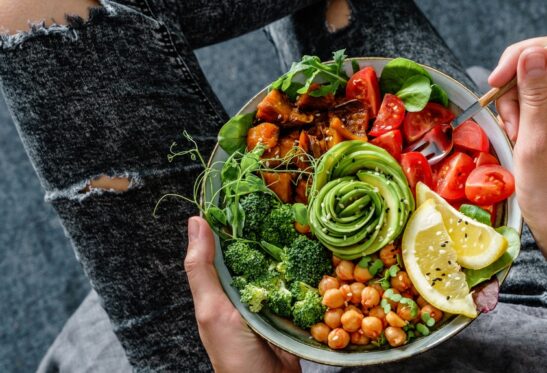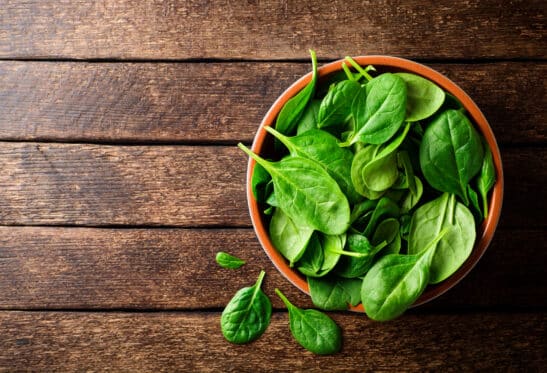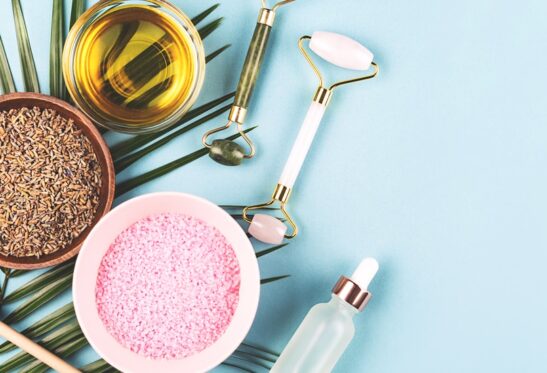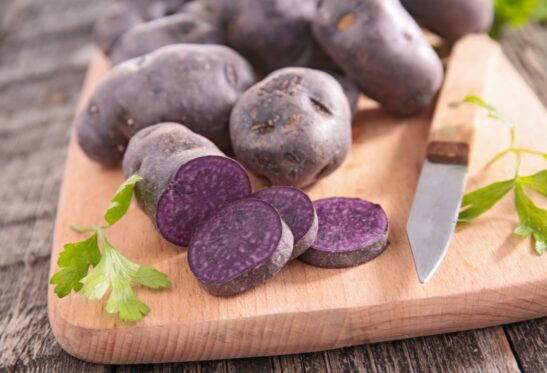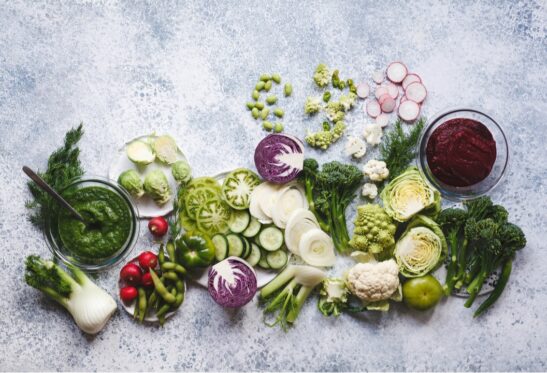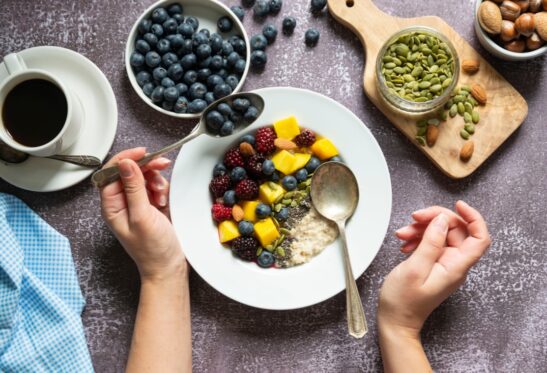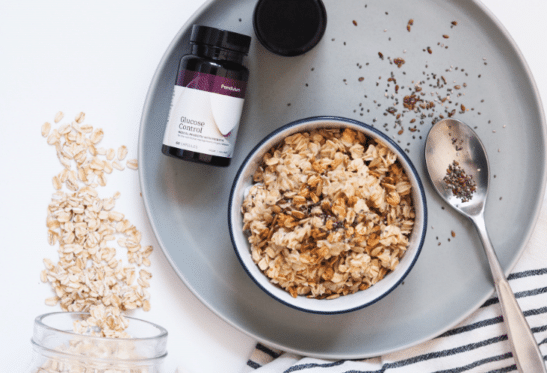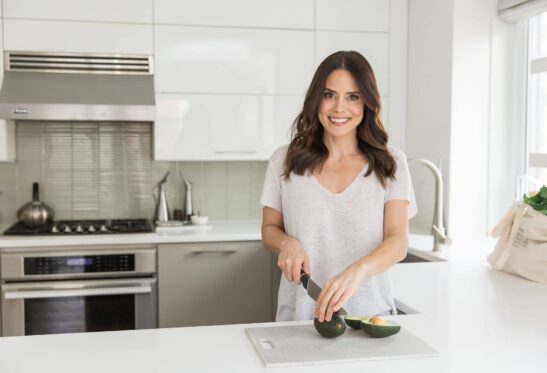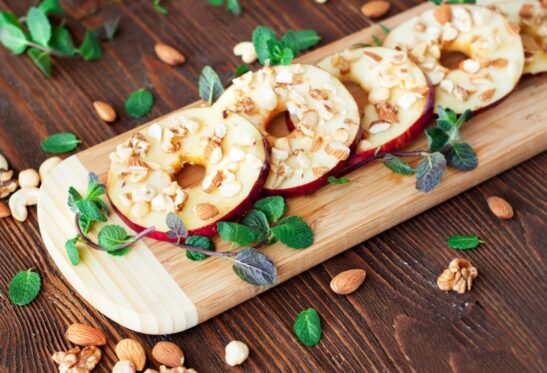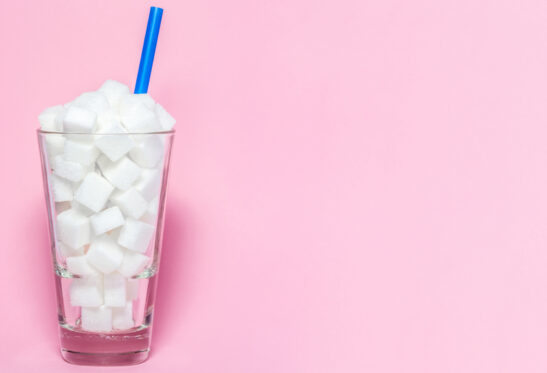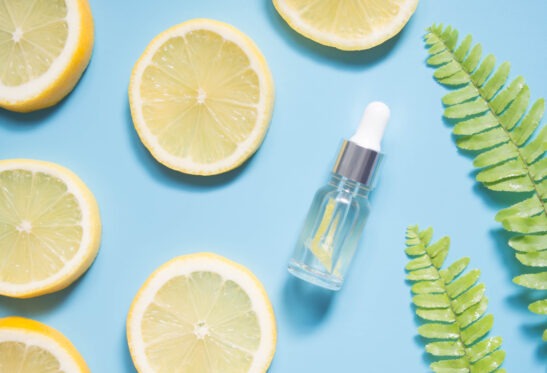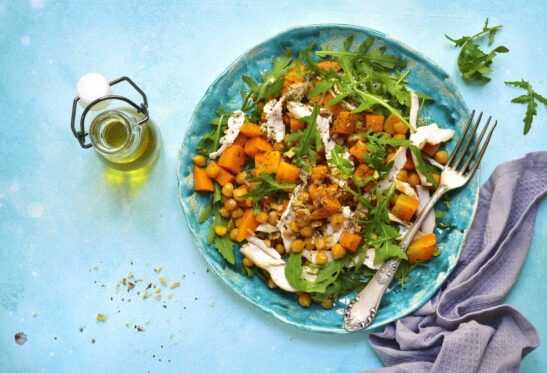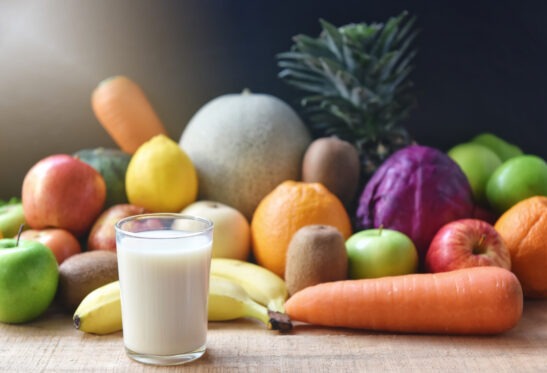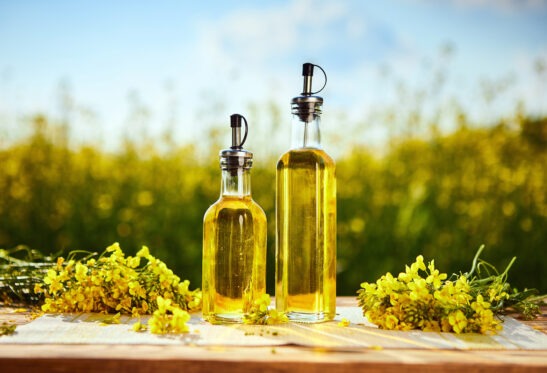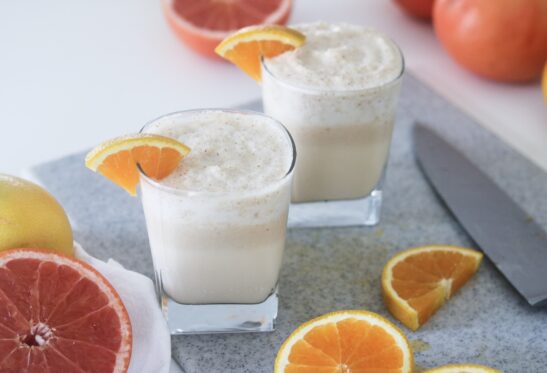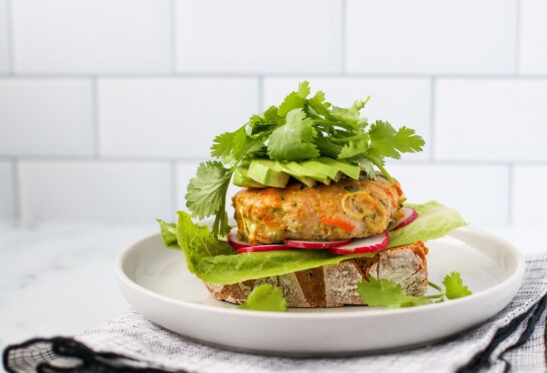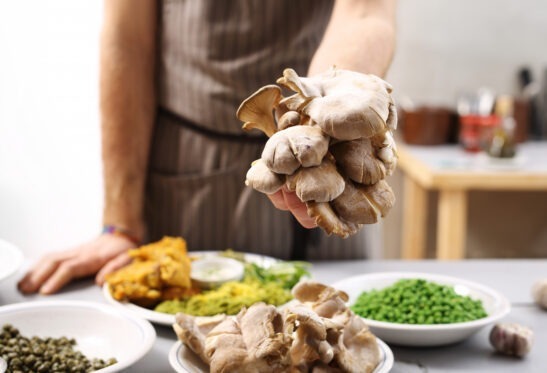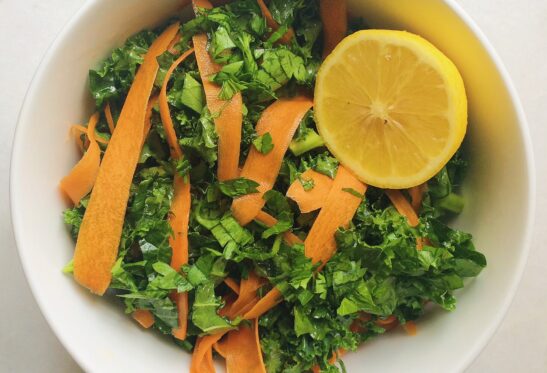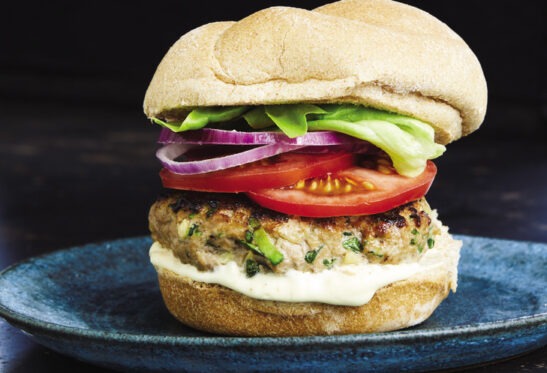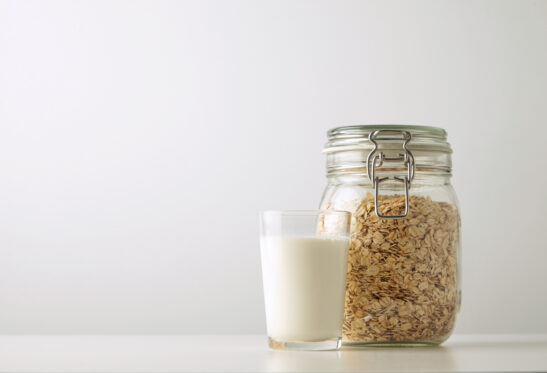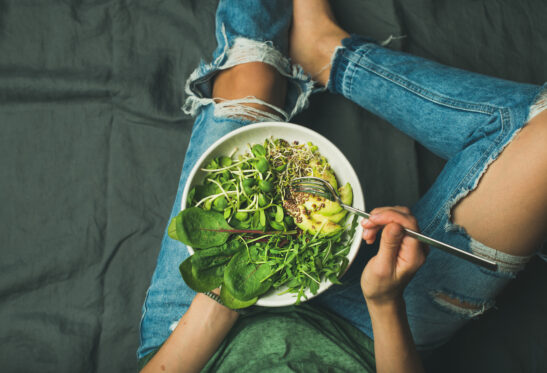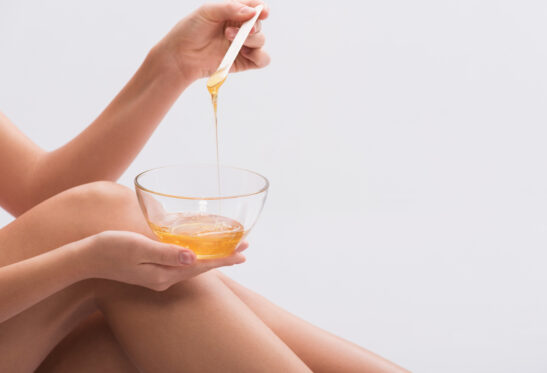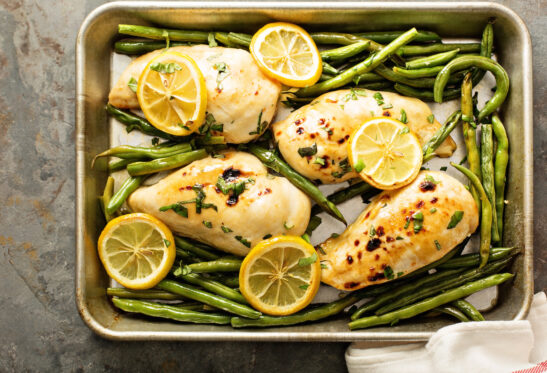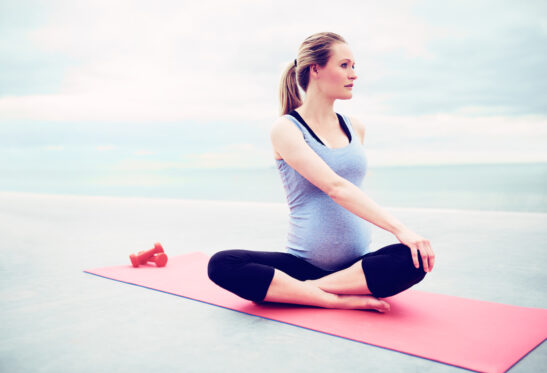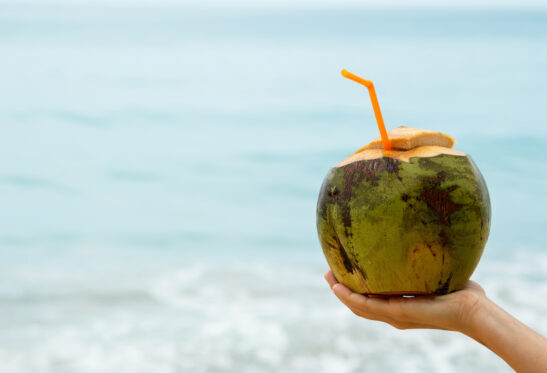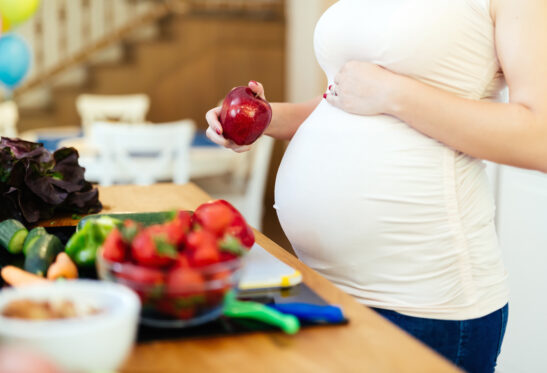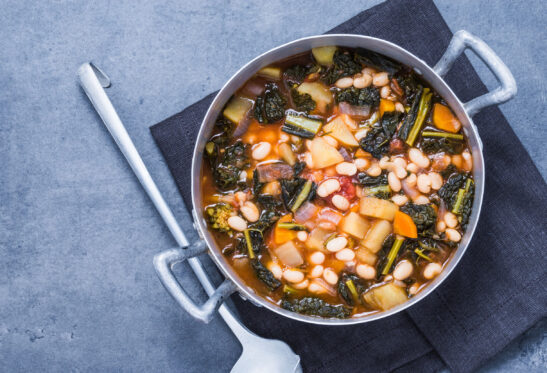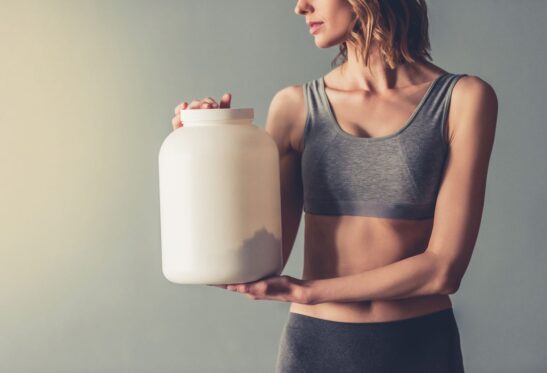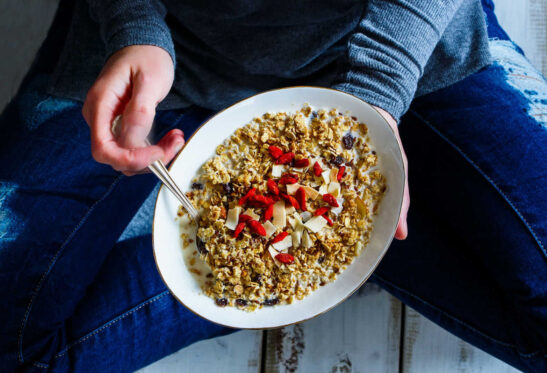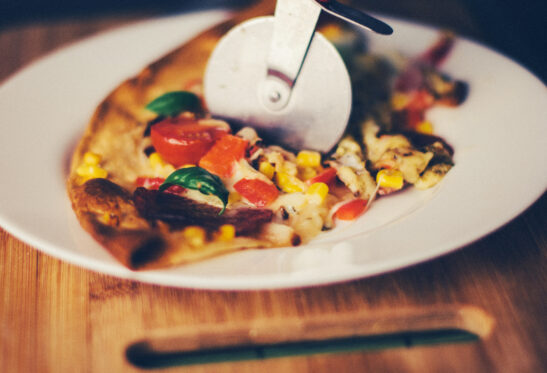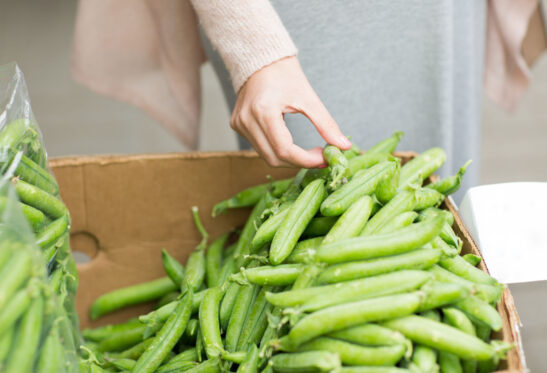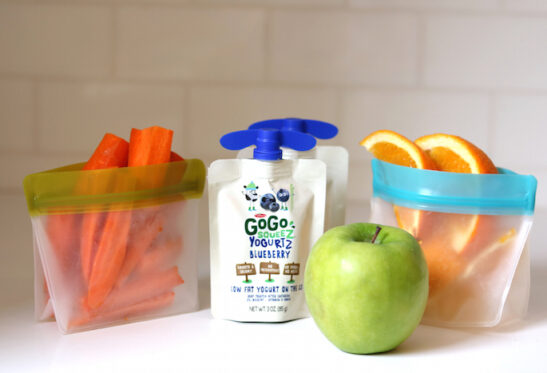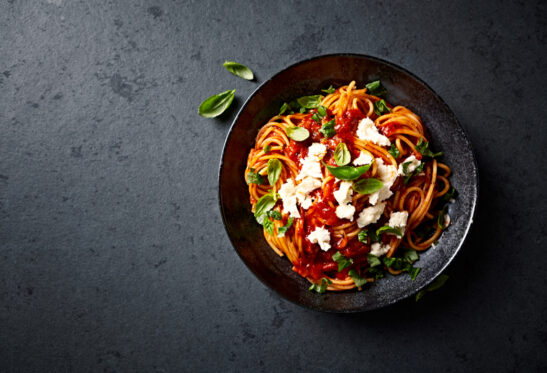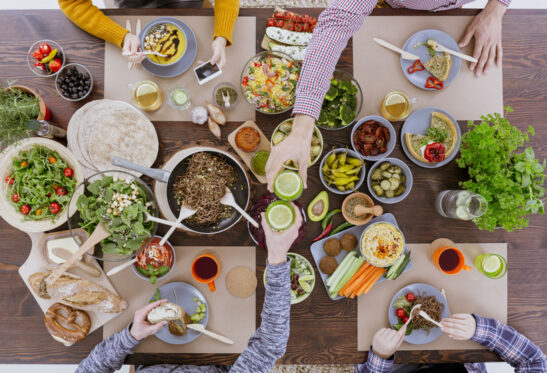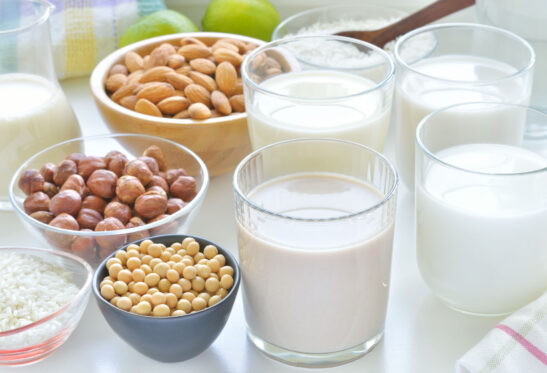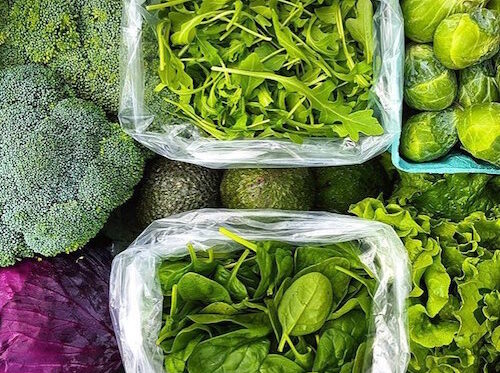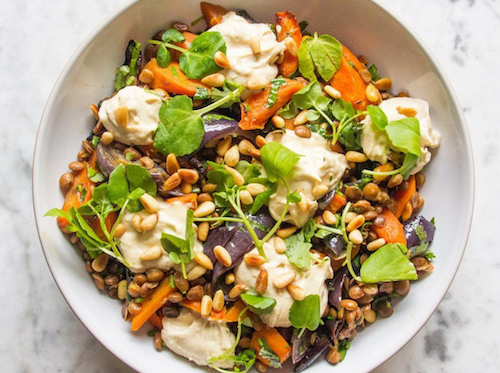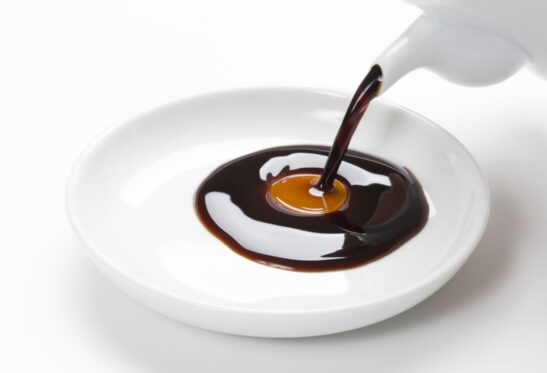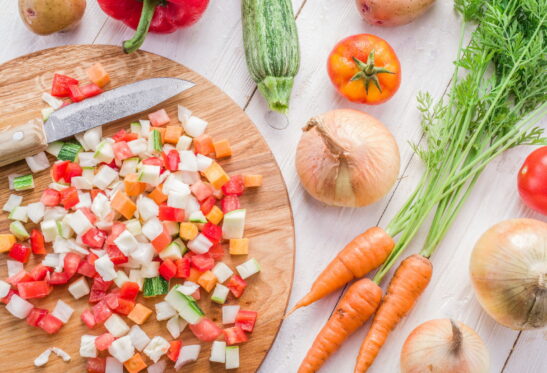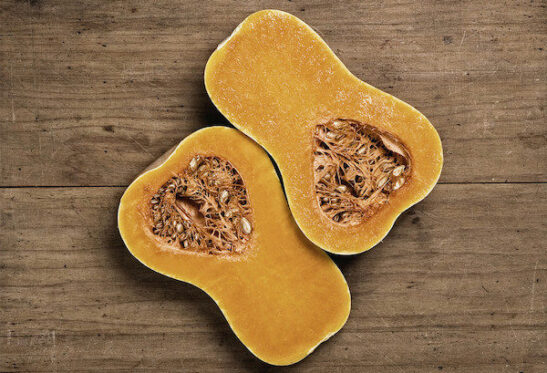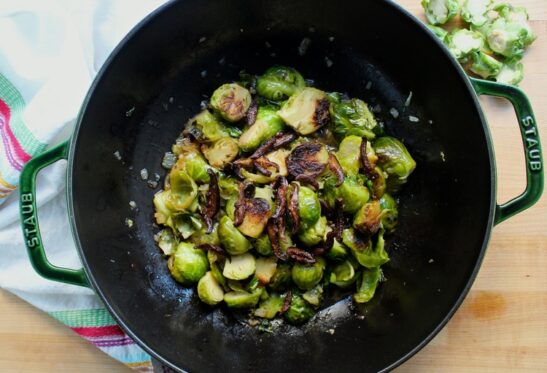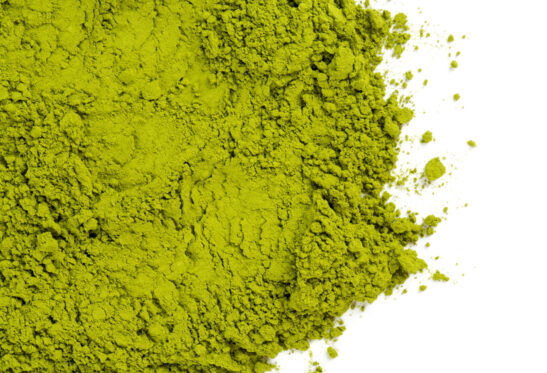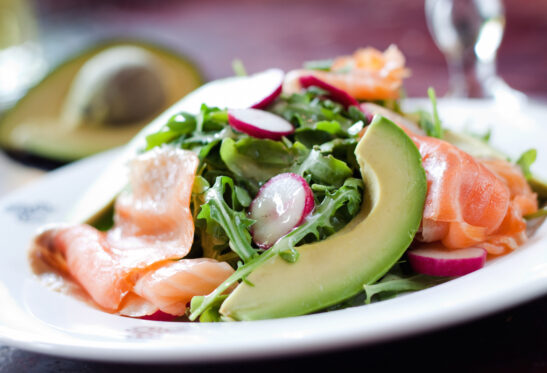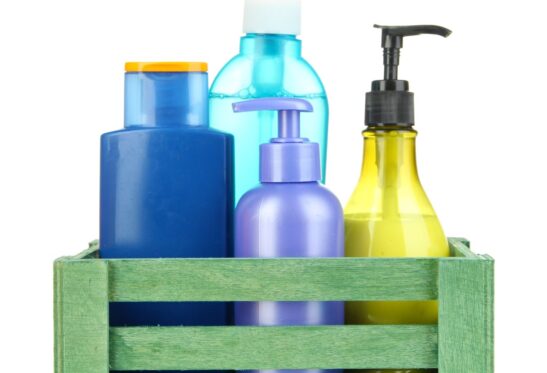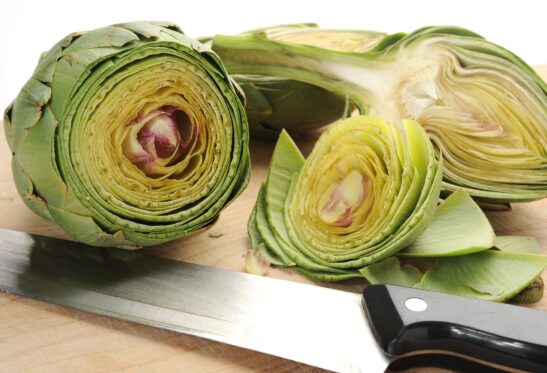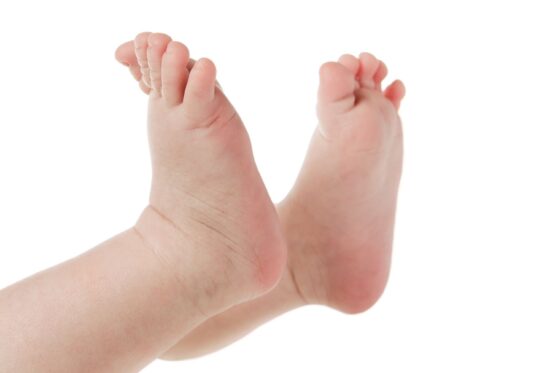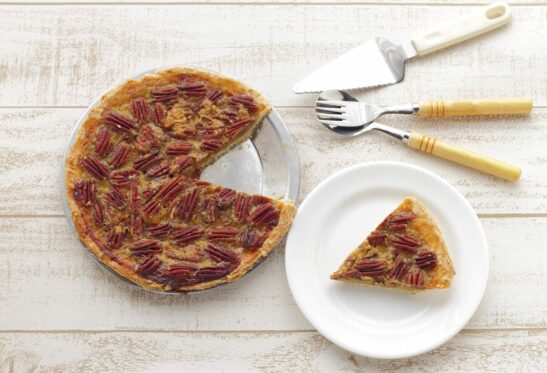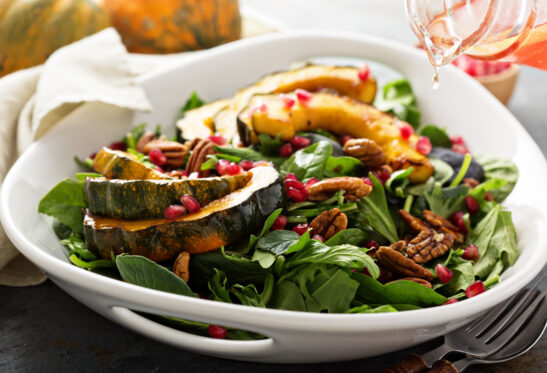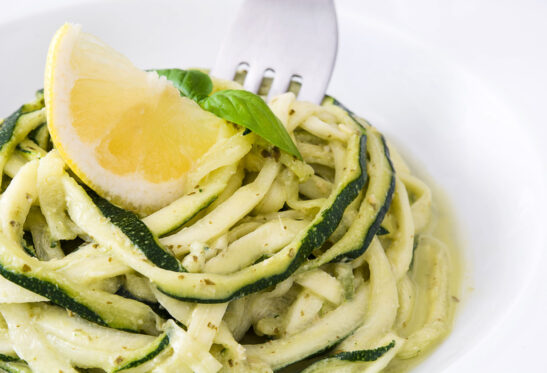Is Ghee Healthy?
Home » Eat Empowered » Is Ghee Healthy?
Q: Is ghee healthy?
A: Ghee is actually healthy? Say, it is so?
Everyone wants to slab a little butter on their morning toast and doing so in the name of health is just so. much. butter, I mean better.
As a little refresher, butter is a dairy product made from churning milk until the buttermilk (liquids) separates from the butterfat (solids). It’s this solid part that’s known as butter, the creamy yellow product that pretty much makes anything and everything taste better.
“Ghee”, is a form of clarified butter and is different from traditional butter in that it’s made by boiling butter until the water in the butter has evaporated. What you’re left with is three layers—whey protein, liquid fat, and casein particles.
After skimming off the top protein layer, you’re able to pour off and separate the liquid fat layer.
This liquid fat is what’s known as clarified butter, a more pure version of traditional butter. Ghee is a form of clarified butter and only slightly different in that it’s prepared by simmering longer at a lower heat (versus simply boiling) until the butter is caramelized and then strained again. Thanks to this lower heat preparation, ghee retains more nutrients than other forms of clarified butter.
While ghee may now be popping up in grocery store aisles across the globe, this rich, golden clarified butter has been used for thousands of years in Indian and Middle Eastern cooking. It even plays a key role in Ayurveda medicine for its proposed anti-inflammatory, digestive, and healing attributes. Ayurveda recommends roasting cooking spices in ghee to boost their flavor and nutrition.
So, should we all start spreading, melting and drizzling clarified butter or ghee on all of our fave dishes?
Let’s discuss.
Ghee vs Butter
One tablespoon of traditional butter offers about 100 calories and 11 grams of fat (7 of which are saturated fat).
Ghee has 123 calories and 14 grams of fat (8 of which are saturated fat).
Not that big of a difference, right?
But, we all know that just like actions speak louder than words, ghee’s health benefits count more than calories.
The traditional yellow butter you know and love might be on par in terms of calories, but ghee is richer in vitamins A, D, and E, which can help repair damaged skin, improve vision, help balance your hormones, and regulate your metabolism.
Ghee also contains 25 percent medium and short chain fatty acids compared to normal butter which contains only 12 to 15 percent. Unlike long-chain fatty acids, medium chain triglycerides are rapidly broken down and go straight to the liver where they can be used as an instant energy source and are less likely to be stored as fat. Butyric acid, one of the short chain fatty acids found in ghee has been linked to better gastrointestinal health, anti-inflammatory properties as well as helping the body use it for fuel more efficiently.
Recent science has even shown that people who consumed higher amounts of ghee had a lower occurrence of coronary heart disease, lower LDL cholesterol, improvements in psoriasis, and enhancement of memory. It may even have a positive effect on wound healing.
Ghee is also a better choice if you have a milk allergy or lactose intolerance. Because ghee separates milk from the fat, you won’t find any lactose or milk proteins in this butter alternative.
When it comes to cooking, ghee has a higher smoke point compared to its traditional butter counterpart. This means that next time you’re whipping up that asian stir fry, you’re less likely to inhale smoke or consume any carcinogenic byproduct that’s produced by drizzling your cooking oil into a searing pan. So, if you’re planning on frying, sauteing, or grilling, ghee might be a better choice. It will also add a sweet, nutty flavor and richness to any of your dishes. You can try melting it into your mashed potatoes, drizzling it on top of your veggies, or even tossing your popcorn with it. The only exception is with baked goods. If you love that classic buttery flavor in your favorite chocolate chip cookie recipe, then it might be best to stick with traditional butter.
Now, back to the fat issue.
Even though ghee is high in saturated fat, studies have shown that the old school thought of of all saturated fat is ‘bad’ for you might be a grand oversimplification.
The relationship between the dietary intake of fats and health is complicated.
Fats overall, even including some saturated fats, are important for our health and wellness. Like just about all foods, there’s of course a spectrum of crummy fats (think processed, refined, and hydrogenated) and then there’s nutrient powerhouse fats like those found in ghee and avocado.
But this all comes along with a balanced mindset. A diet overabundant in anything (including good healthy fats) can still be harmful to your health.
Ghee is often marketed as a “health food” but even the healthiest of foods can be overdone.
After all, it’s still a form of butter, and butter is a ‘use in proper portion’ kind of fat. A little healthy fat goes a long way, but too much can work against you in attaining or maintaining your health and weight goals.
I’m a big fan of a little bit (think a teaspoon or two) of real nutrient dense fats at every meal. Add ghee to the list next to avocado, coconut or almonds as a fat food that can play a healthy role in your diet.
Just don’t eat with a spoon out of a jar no matter how tempting it may taste and how many health benefits you can rattle off.
The Nutritious Life Editors are a team of healthy lifestyle enthusiasts who not only subscribe to — and live! — the 8 Pillars of a Nutritious Life, but also have access to some of the savviest thought leaders in the health and wellness space — including our founder and resident dietitian, Keri Glassman. From the hottest trends in wellness to the latest medical science, we stay on top of it all in order to deliver the info YOU need to live your most nutritious life.
RECENT ARTICLES

Want a sneak peek inside the program?
Get FREE access to some of the core training materials that make up our signature program – Become a Nutrition Coach.
Get Access Eat Empowered
Eat Empowered


























































